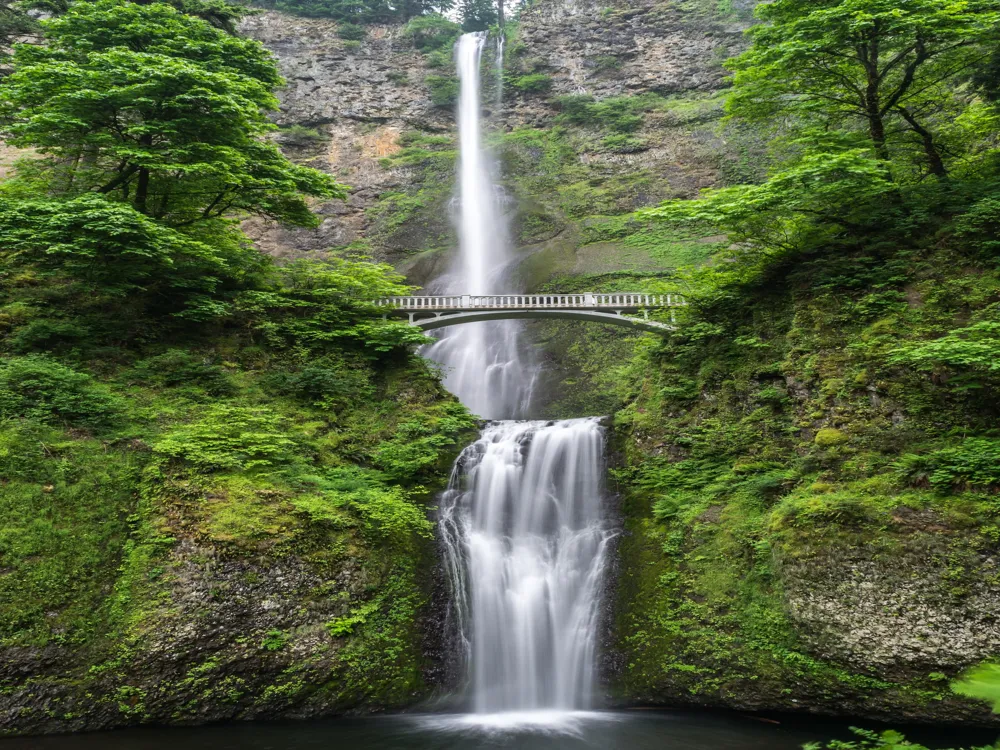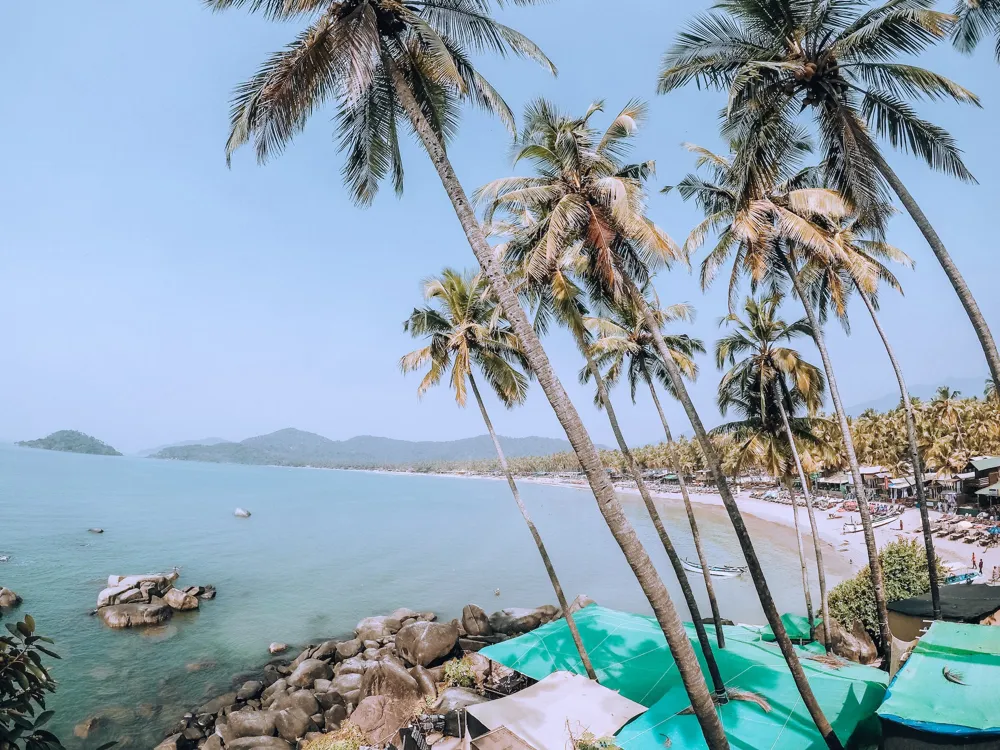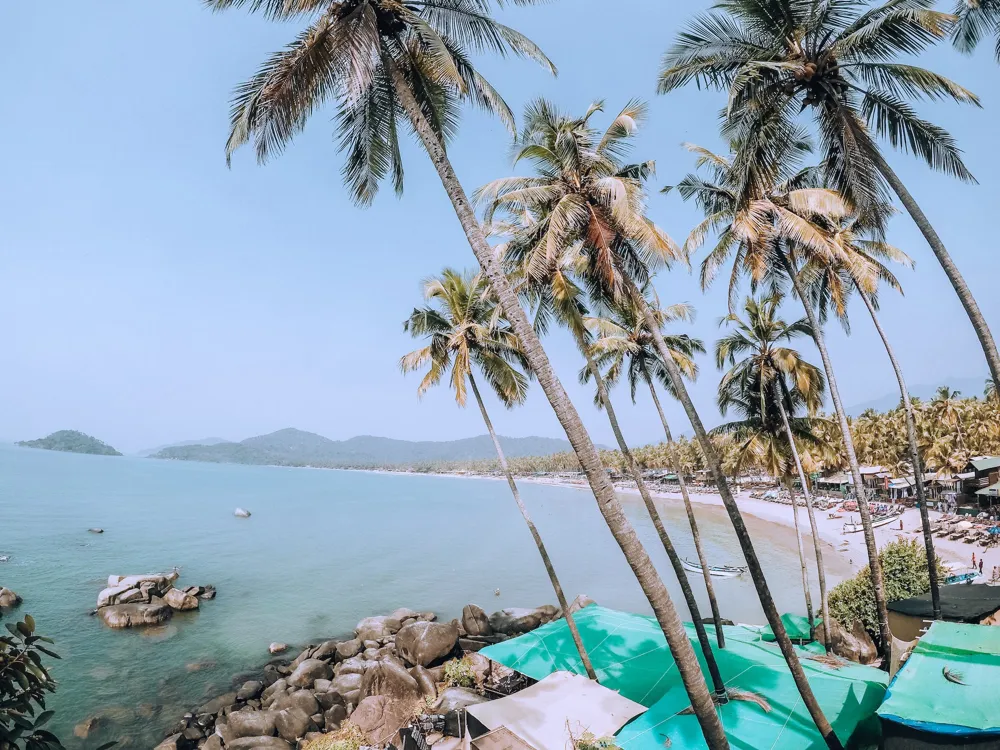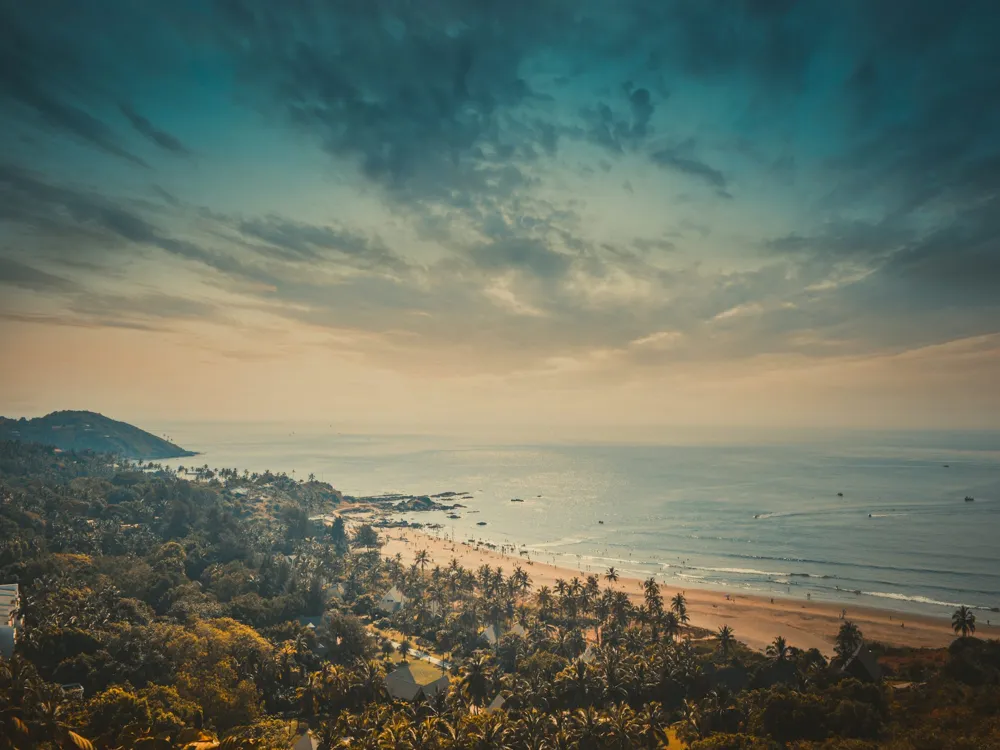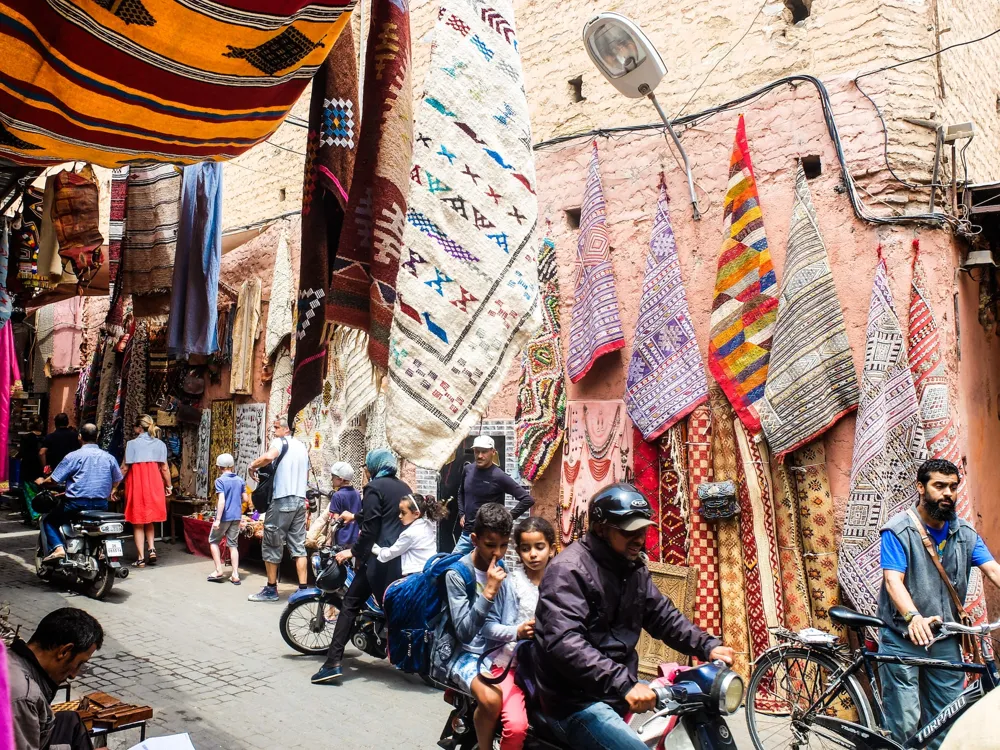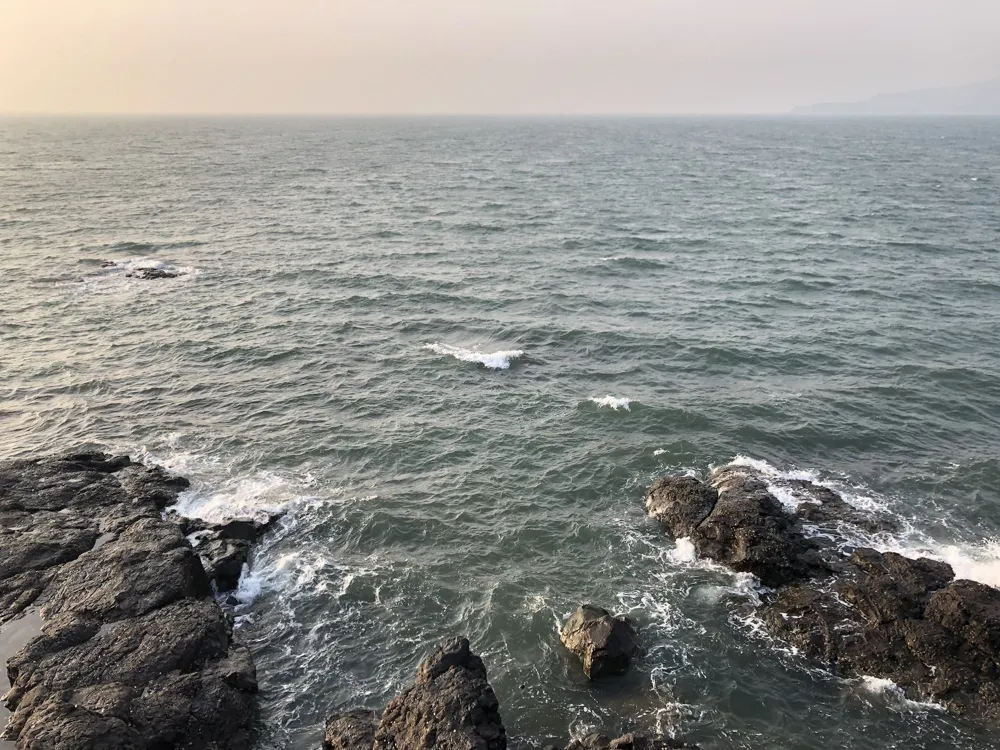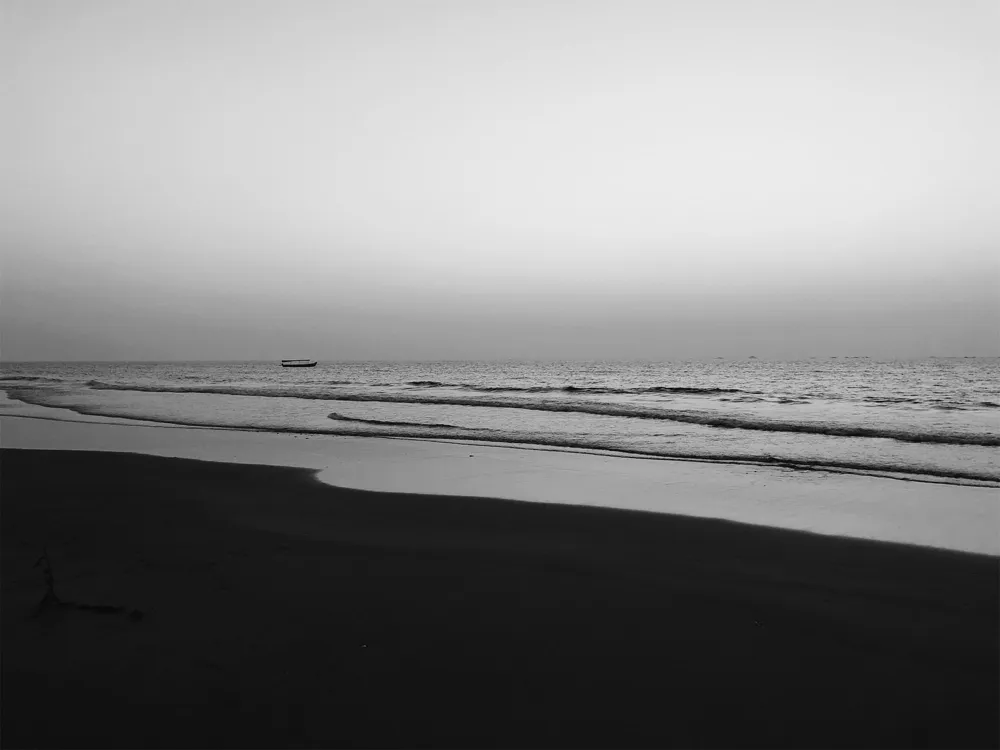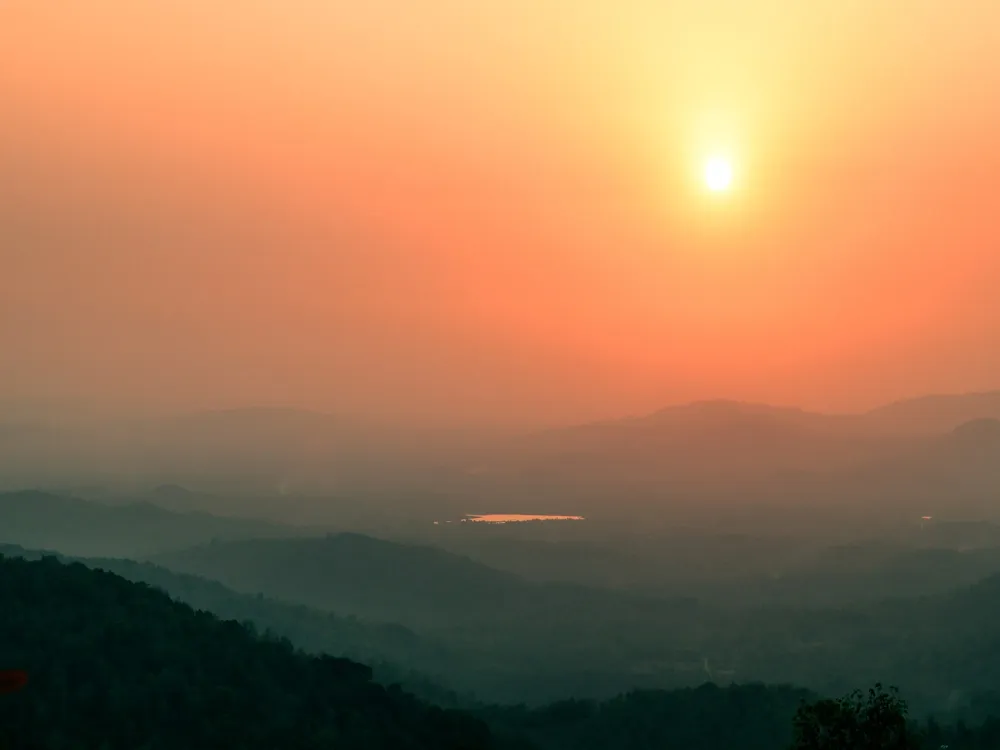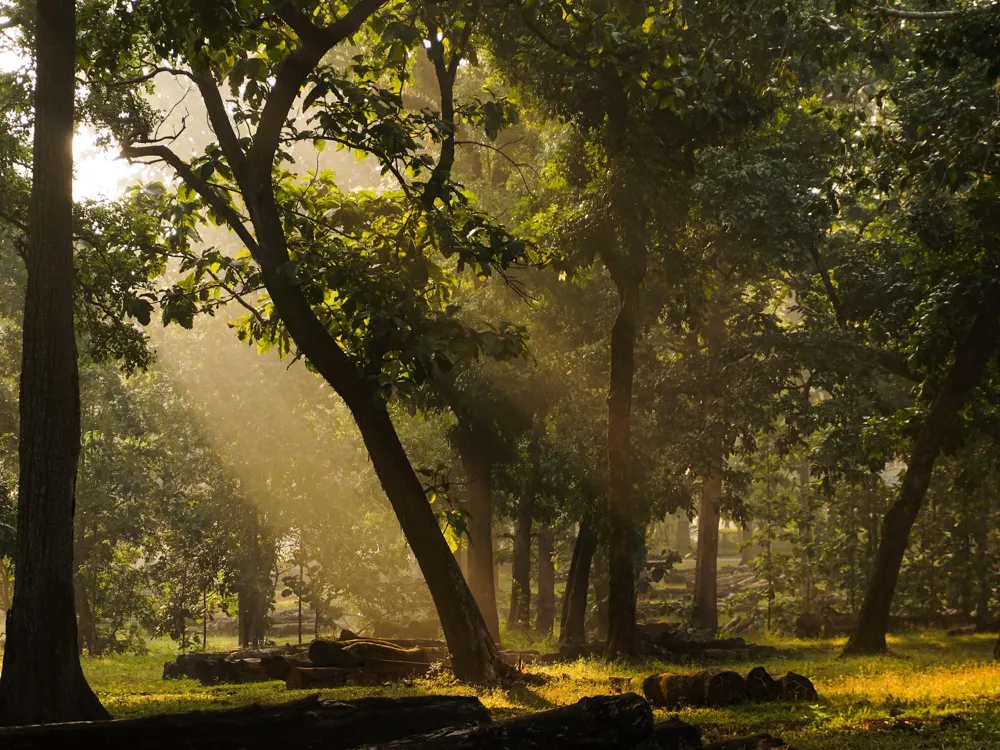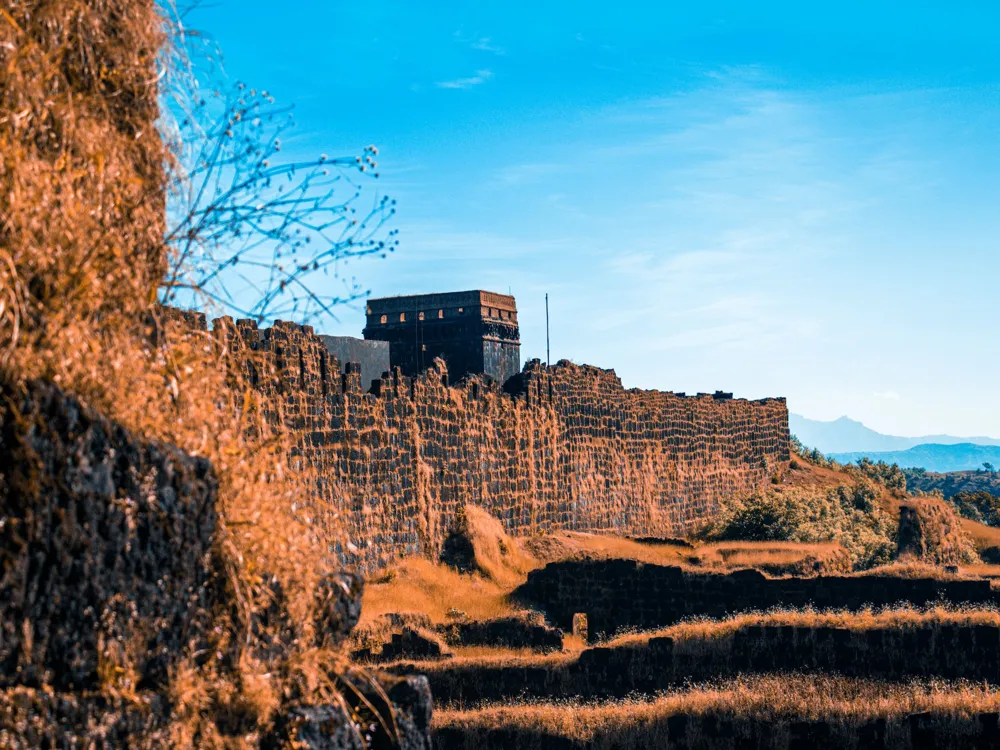Welcome to Goa, a tropical paradise on the west coast of India. Known for its vibrant culture, stunning beaches, and rich history, Goa is a destination that captivates visitors from around the world. A melting pot of Indian and Portuguese cultures, Goa offers a unique blend of traditions, cuisine, and architecture. As you explore its scenic landscapes, you'll discover an array of experiences – from serene beachside relaxation to exhilarating water sports, from historic forts to lively night markets. Whether you're seeking adventure or tranquility, Goa's charm is undeniable. Goa's cultural tapestry is as diverse as it is fascinating. Influenced heavily by its Portuguese past, you'll find a delightful mix of East and West here. The Goan cuisine, with its flavorsome seafood dishes and spicy curries, is a testament to this blend. The state is also famous for its music and dance, particularly during the vibrant Carnival and other local festivals. As you wander through the colorful streets, you'll be greeted with a sense of warmth and joy that is quintessentially Goan. The beaches of Goa are where the magic happens. From the bustling shores of Baga and Calangute to the tranquil havens of Agonda and Palolem, each beach offers a unique vibe. Sunbathe on the golden sands, take a dip in the Arabian Sea, or indulge in various water sports. As the sun sets, these beaches transform into lively spots with beach shacks serving delicious Goan fare and playing foot-tapping music. Goa's history is etched in its numerous forts, churches, and temples. The UNESCO World Heritage Sites of Bom Jesus Basilica and Se Cathedral in Old Goa are marvels of architecture and history. Fort Aguada, with its panoramic views of the sea, and the Chapora Fort, popularized by movies, are must-visits for history enthusiasts. These landmarks narrate stories of Goa's past, offering a glimpse into its rich heritage. Away from the beaches, Goa's natural beauty unfolds in its lush greenery, spice plantations, and wildlife sanctuaries. The Dudhsagar Falls, a four-tiered waterfall, is a spectacular sight, especially during the monsoon. The spice plantations offer an aromatic experience, while the wildlife sanctuaries like the Bhagwan Mahavir Sanctuary are home to diverse flora and fauna. The architecture of Goa is a testament to its historical and cultural evolution. Influenced by Portuguese, Islamic, and Indian styles, Goan architecture presents a unique aesthetic that is both charming and distinctive. From the baroque-style churches to the old Portuguese homes, the architectural landscape of Goa is diverse and fascinating. The most prominent influence in Goan architecture is Portuguese. This is visible in the grand churches, forts, and old homes dotting the state. The use of azulejos (painted ceramic tiles), ornate facades, and oyster shell windows in these structures reflect a style that is distinctively Portuguese yet uniquely Goan. Traditional Goan homes are a blend of Indian and Portuguese architectural styles. These homes, often painted in bright colors, feature balcões (balconies), pilares (pillars), and oyster shell windows. The interiors are just as impressive, with high ceilings, intricate woodwork, and terracotta tiled roofs. Goa's churches and cathedrals, like the Basilica of Bom Jesus and Se Cathedral, are renowned for their architectural magnificence. These structures, built during the Portuguese era, showcase intricate artistry in their altars, frescoes, and carvings. They not only serve as places of worship but also as repositories of history and art. The forts in Goa, such as Fort Aguada and Chapora Fort, display a more rugged aspect of Goan architecture. Built primarily for defense, these forts stand as silent witnesses to the battles and historical events of the past. Their strategic locations offer breathtaking views of the surrounding landscapes. The ideal time to visit Goa is from November to February when the weather is pleasant, making it perfect for beach activities and exploration. Renting scooters or bikes is a popular and convenient way to explore Goa. Taxis and auto-rickshaws are also readily available for longer distances. Respect local customs and traditions, especially when visiting religious sites. Dress modestly and always ask permission before taking photographs. Indulge in the local cuisine, but eat at reputable places. Be cautious with street food and always drink bottled water to avoid health issues. Wi-Fi is widely available in hotels and cafes. Consider buying a local SIM card for better connectivity and navigation. Goa is well-connected and easily accessible from various parts of the world. You can reach Goa by air, road, or rail, depending on your convenience and location. The Goa International Airport, also known as Dabolim Airport, is well connected to major cities in India and international destinations. Numerous flights operate regularly, making it a convenient option for travelers. Goa has a good network of roads connecting it to neighboring states. Buses, both private and government-run, operate regularly to and from Goa. Self-driving to Goa can also be an enjoyable experience. The Konkan Railway connects Goa with major Indian cities. The scenic train journey, traversing through the Western Ghats, is an experience in itself.Overview of Goa
Goa's Diverse Culture
Beaches of Goa
Historic Sites in Goa
Goa's Natural Beauty
Architecture of Goa
Portuguese Influence in Goan Architecture
Traditional Goan Homes
Churches and Cathedrals of Goa
Forts of Goa
Tips When Visiting Goa
Best Time to Visit
Local Transportation
Cultural Etiquette
Food and Safety
Staying Connected
How To Reach Goa
Reaching Goa by Air
Reaching Goa by Road
Reaching Goa by Rail
Goa Kart Racing
Goa
NaN onwards
View goa Packages
Weather :
Tags : Adventure & Gaming Zone
Time Required : 1 - 2 hrs
Planning a Trip? Ask Your Question
Goa Travel Packages
View All Packages For Goa
Top Hotel Collections for Goa

Private Pool

Luxury Hotels

5-Star Hotels

Pet Friendly
Top Hotels Near Goa
Other Top Ranking Places In Goa
View All Places To Visit In goa
View goa Packages
Weather :
Tags : Adventure & Gaming Zone
Time Required : 1 - 2 hrs
Planning a Trip? Ask Your Question
Goa Travel Packages
View All Packages For Goa
Top Hotel Collections for Goa

Private Pool

Luxury Hotels

5-Star Hotels

Pet Friendly







